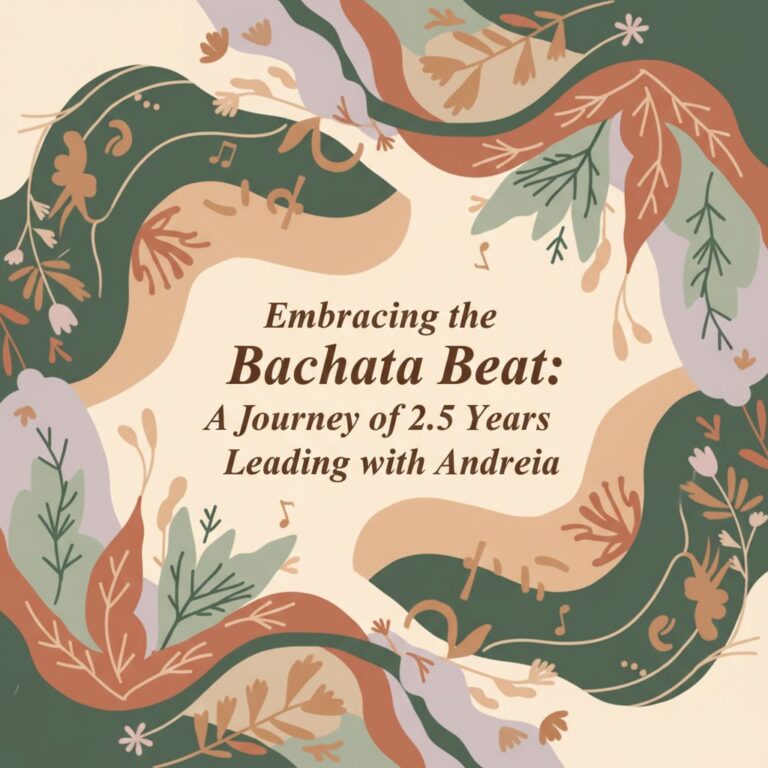The Intricate Dance of Bachata
Bachata, a dance from the Dominican Republic, is more than just a series of steps set to music. It’s a dance steeped in emotions, built around connection and communication. Often characterized by its close physical contact, Bachata raises intriguing questions on the intimate gestures such as cheeks or foreheads touching. Does it necessarily mean romantic interest? Or is it a part of the dance, a way to enhance the connection and experience between partners?
Understanding Intimacy in Bachata
Decoding the Touch
The first thing to note is that Bachata is a dance of subtle gestures. Touching cheeks or foreheads can be seen as a sign of romantic interest or flirting. However, it is not necessarily intended or perceived that way by everyone. Factors such as personal comfort levels, cultural perspectives, and social norms play a crucial role in interpretation.
Objectives of Close Contact
So, why do dancers engage in such close physical contact? Primarily because it feels good. It enhances the connection between dancers, making the dance more immersive and intense. This kind of physical intimacy is also observed in other dances, such as Kizomba. The purpose remains the same – to foster a deeper connection between dance partners.
Bachata and Comfort Levels
Balancing Personal Preferences
Like in any form of social interaction, personal comfort levels matter in Bachata. Some dancers might avoid close contact due to practical reasons such as excessive sweating or not wanting to smudge their makeup. Yet, others might find the close contact enjoyable and a trigger to the ‘vibe’ they seek in this dance form.
Beyond Flirtation: The Importance of Presence
For many bachata dancers, the close contact is not about flirtation or romance. Instead, it’s about sharing an intimate moment — being fully present in the dance and the connection with their partner. This level of presence allows dancers to communicate with each other through body movements, leading to a more profound and fulfilling dance experience.
The Subjectivity of Interpretation
The interpretation of intimate moves in Bachata can be quite subjective and ambiguous. It depends heavily on individual perceptions, comfort levels, and cultural nuances. Therefore, it is essential to remember that while some might see forehead or cheek touching as an intimate gesture, others might view it as a natural part of the dancing experience.
In conclusion, the close physical contact in Bachata is an aspect that adds depth and emotion to the dance, rather than a sure sign of romantic interest. So the next time you find yourself cheek to cheek with a dance partner, remember, it’s all part of the beautiful dance that Bachata is!







